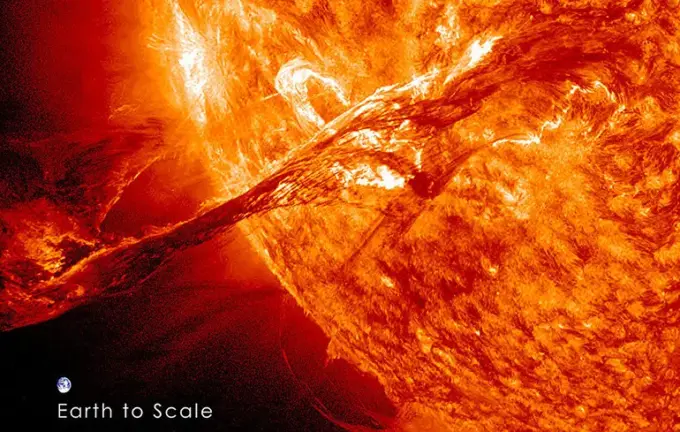Europe drills its preparedness for solar catastrophes: large-scale space weather simulations to prevent a global crisis

The European Space Agency (ESA) conducted one of the most extensive training exercises in its history aimed at testing satellite and communication system resilience in the face of a destructive solar storm.
This large-scale simulation was carried out at the flight control center in Darmstadt, Germany, and aimed to assess how modern space devices could withstand scenarios comparable to the legendary Carrington Event of 1859.
Experts warn that if such a massive event recurs, no satellite or spacecraft would remain unscathed or operate without significant disruption.
The training was developed in anticipation of the upcoming launch of the Sentinel-1D satellite scheduled for November, designed to verify its resilience against space weather phenomena.
The simulation revealed that the most terrifying consequences of intense solar activity include communication breakdowns, navigation system failures, data corruption, and shortened satellite lifespans.
According to data, the most powerful threat was an X-class solar flare, which reached Earth within minutes, disrupting radio communications and radar systems.
This was followed by streams of high-energy protons, electrons, and alpha particles that impacted orbiting satellites, causing erroneous readings and equipment damage.
About 15 hours later, a strong coronal mass ejection (CME) hit Earth’s magnetic field, leading to significant expansion of the planet’s upper atmosphere, increasing satellite drag by up to 400%, forcing orbit adjustments, complicating navigation, and increasing collision risks.
Experts emphasize that a powerful solar storm could destroy or severely damage any spacecraft, especially those on low Earth orbit, as our atmosphere and magnetic field can offer some protection, but cannot withstand the scale of such a catastrophe.
Scientists stress the urgent need to prepare and understand that these events are inevitable: the primary challenge is to develop protective measures and contingency plans.
The simulations confirmed that only the timing remains uncertain, as solar activity has been increasing since 2008, with no signs of slowing down.
This poses significant challenges for the global space community to prepare for and mitigate future space weather events, which could have widespread consequences for technological and communication infrastructures worldwide.

